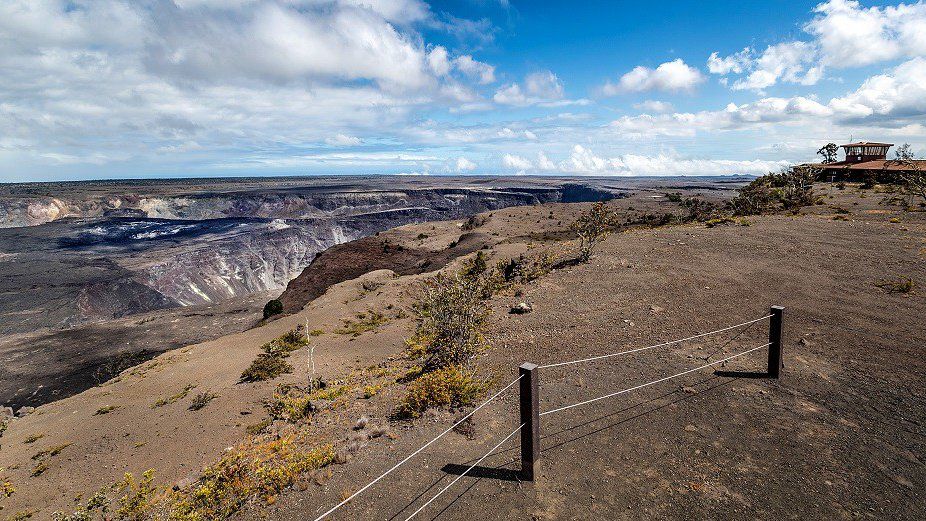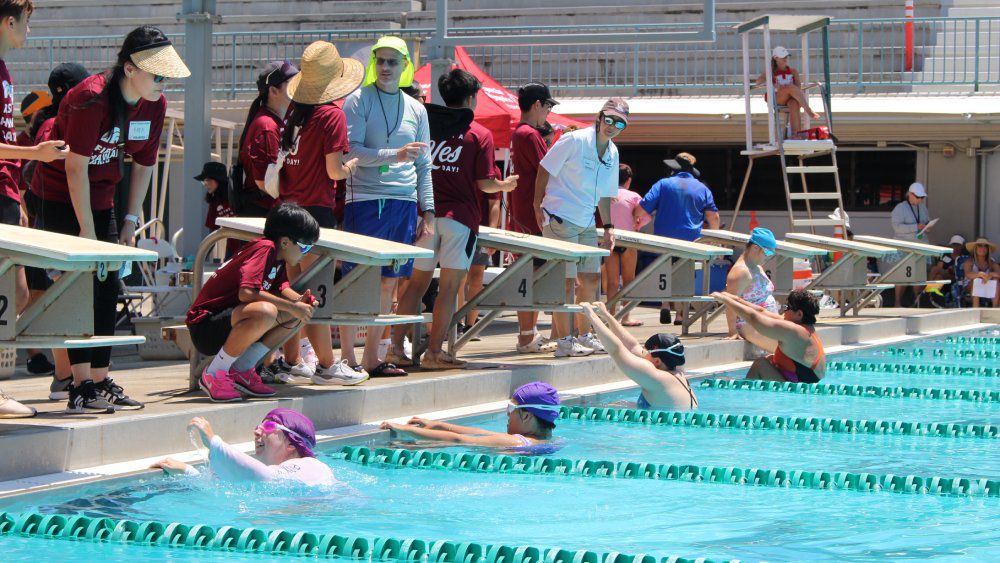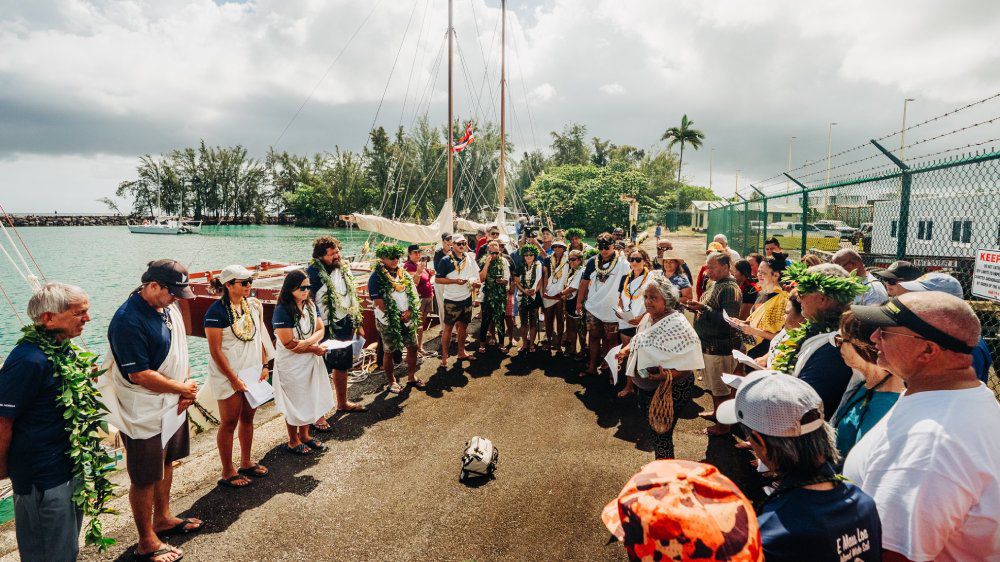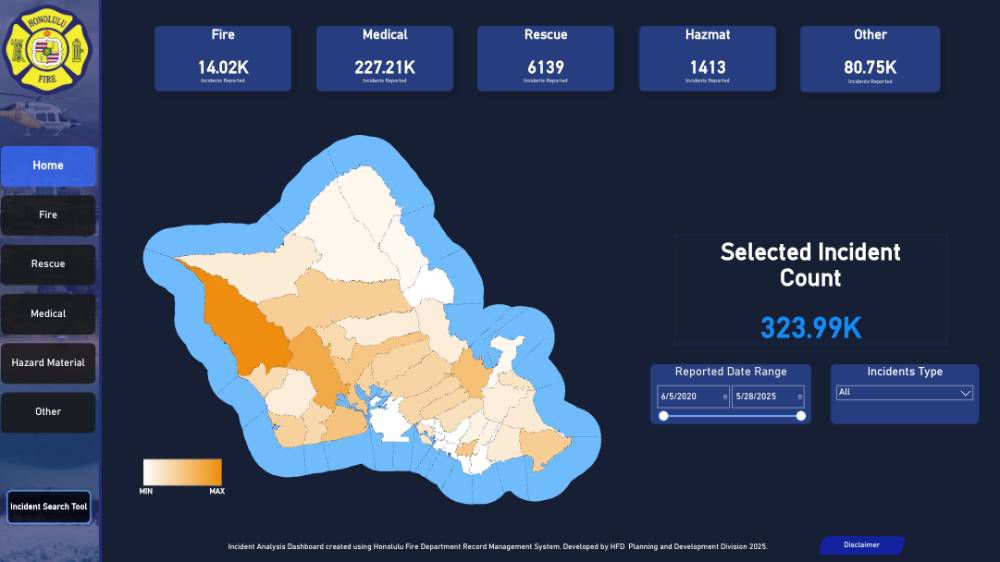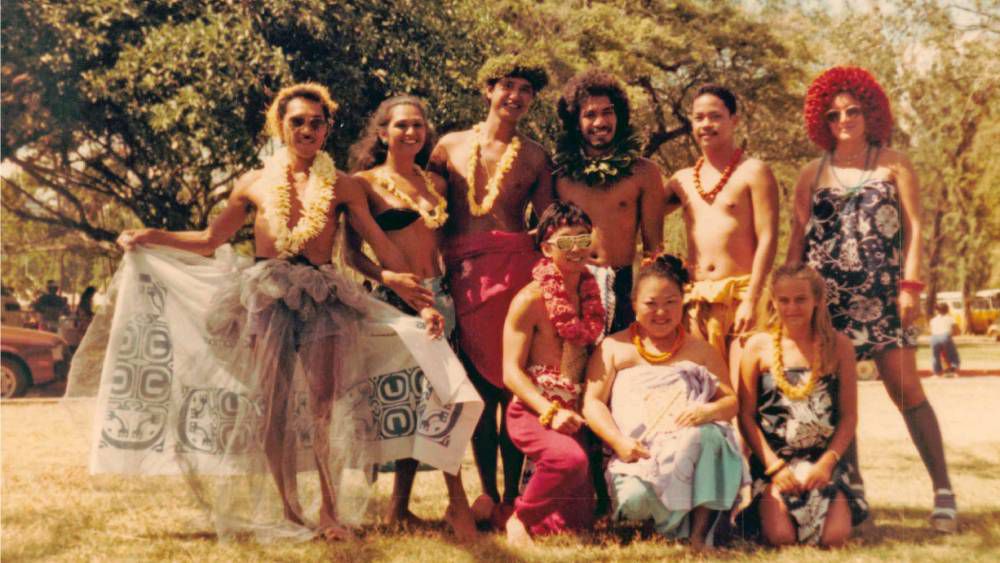HAWAII VOLCANOES NATIONAL PARK, Hawaii — Officials from Hawaii Volcanoes National Park is asking for public input regarding a plan that will address congestion, safety, resource protection and improve the visitor experience in the Kilauea summit area.
The goal of the Kilauea Summit Area and Corridor Management Plan is to come up with management strategies and solutions to reduce conflicts among cars, buses, motorcycles, bicyclists that include e-bikes, and pedestrians on park roads and trails of the popular and crowded site.
“We want to hear from those who hold a deep connection to the park, who participate in cultural protocol, and who recreate or conduct business here. Your voice matters and will help park management develop solutions to the many problems overcrowding has created,” said Hawaii Volcanoes National Park Superintendent Rhonda Loh in a news release.
Individuals can access the NPS website with an online newsletter that explains the project, issues it will address, its goals, as well as provides a link for public input.
The initial public comment period ends March 22. There will be upcoming opportunities to provide input as the plan develops.
Between the first significant summit eruption in 1924 and 2008, visitation has significantly increased according to park officials. Most visitors head to areas between Uekahuna and Devastation, including Nahuku lava tube, Kilauea Iki, Kilauea Visitor Center, the entrance station and overall summit corridor.
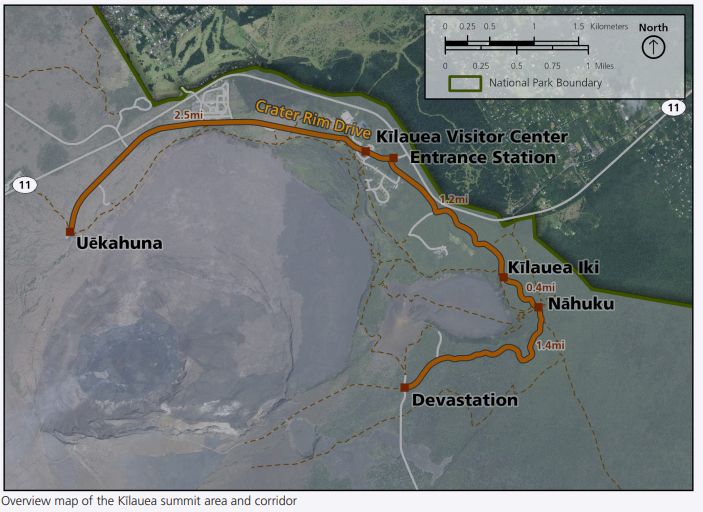
The high concentration of vehicles and people in a relatively small area oftentimes results in full parking lots, lines of traffic at the entrance station, crowded overlooks and frustrated visitors.
The 2018 Kilauea eruption exacerbated park congestion as it damaged Crater Rim Drive and caused the loss of buildings and infrastructure. The park also lost Jaggar Museum, a portion of Crater Rim Drive, Halemaumau Overlook and Iliahi Trail because of last year’s eruptive events.




